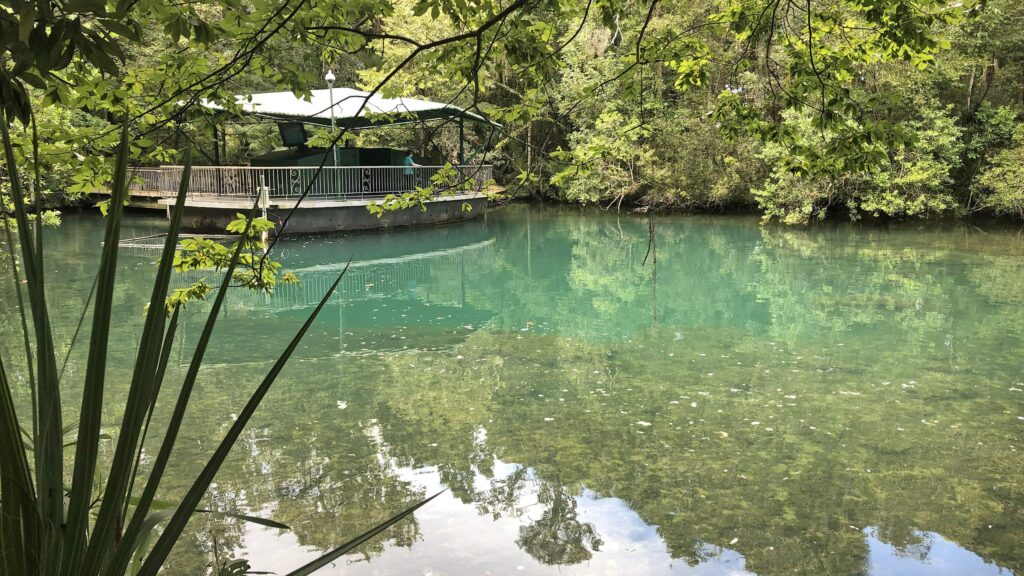In this post, we’ll be sharing a list of fascinating topics that delve into the rich history and culture of our charming town. Whether you’re a local resident or a curious visitor, we welcome you to discover the hidden treasures of Homosassa’s past.
The origins of Homosassa
Anthropologists know that for at least 10,000 years, Native Americans have lived in the Citrus County region. During the 1600s, European explorers visited the area but did not heavily colonize it. Not until 1842 with the passage of the Florida Armed Occupation Act, which granted 160 acres of unsettled land to white male settlers, did Americans truly make their mark on the Gulf Coast.
In 1836, a man named David Levy Yulee was elected to Florida’s Territory’s Legislative Council. A decade later, he purchased a large tract of land from pioneer William Cooley and used it to create a 5,100-acre plantation and sugar mill. This plantation, unfortunately, enslaved African Americans and is today maintained as a historic site.
As more and more people moved into the area for settlement, the town of Homosassa grew up around the plantation. During the Civil War era, Homosassa experienced slowed growth, as did many of the southern states. Yulee’s plantation home was destroyed by a Union attack in spring of 1864, and after that, the sugar mill never ran again.
When Yulee sold some of his land to northern developers, a new era in Homosassa’s history began. They set off with the intention to increase tourism to the area, and in 1887, a new railroad connected Dunnelon to Homosassa. This opened a new door to trade with neighboring regions, further enabling the town to grow.
Since the late 1800s, Homosassa’s economy has been sustained through a combination of tourism, the fishing industry, and sugar and citrus cultivation. Today, tourism continues to grow as many seek to experience our crystal clear waters and laid back culture.
The Yulee Sugar Mill Ruins Historic State Park is now open to the public as a historical site, where you can see the remains of the sugar mill, a living example of 19th century engineering technology.
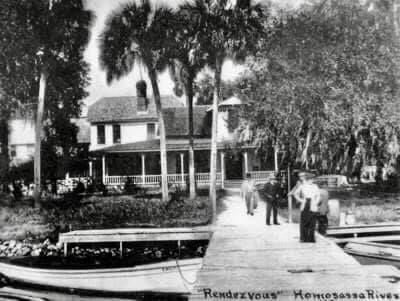
The history of Ellie Schiller Homosassa Springs State Park
Ellie Schiller Homosassa Springs State Park is a unique destination that offers visitors a glimpse into the rich history of Florida’s natural environment. It began as a popular train stop that allowed travelers to swim in the springs as they waited to re-board their train. Then in the 1940s, a private investor purchased the land and created a small tourist attraction.
Today, Homosassa Springs State Park is a protected area that offers visitors the chance to see a variety of native animals, including manatees, alligators, and black bears. With its rich history and stunning natural beauty, Homosassa Springs State Park is a must-visit destination for anyone interested in Florida’s unique ecosystem.
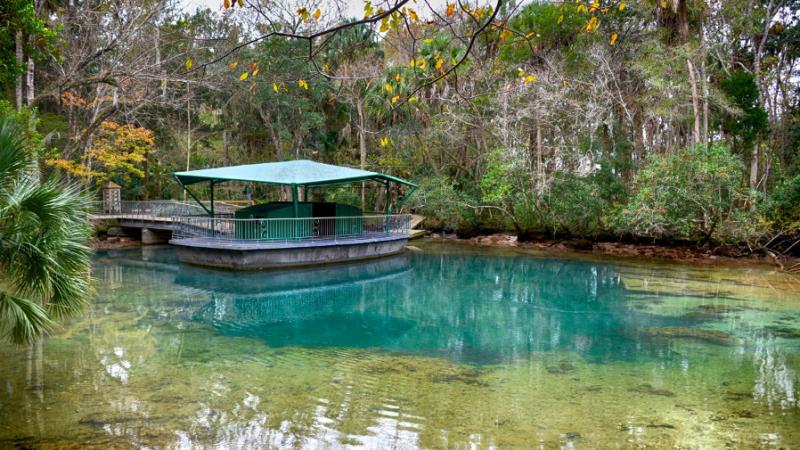
The Homosassa River in local culture
The Homosassa River holds great significance in local culture, serving as a vital source of food, transportation, and recreation for generations of inhabitants. The river is home to a diverse array of fish and wildlife, including manatees, which have become a beloved symbol of the area, now known as “the manatee capital of the world.”
In addition to its natural beauty, the Homosassa River has played an important role in the development of the local economy, with fishing and tourism being major industries. Today, the river remains a cherished part of the community, with many residents and visitors enjoying its tranquil waters and scenic vistas.
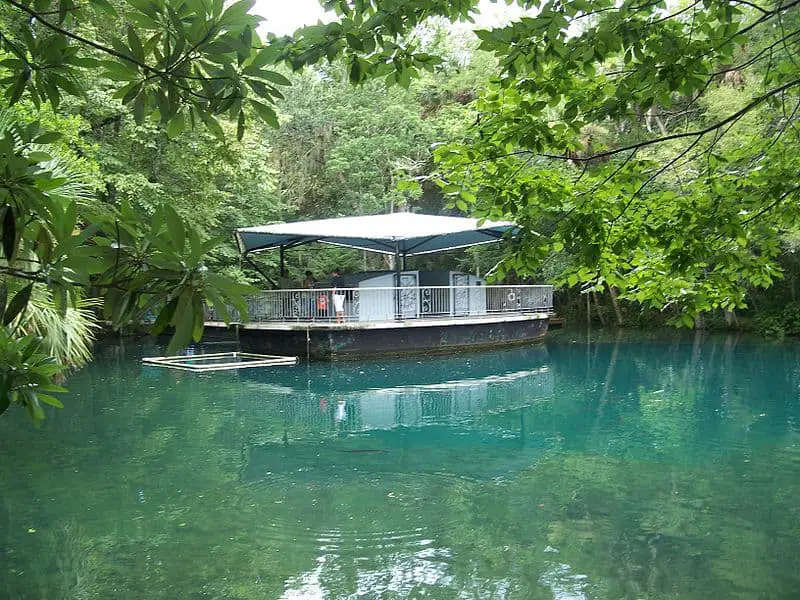
Hurricane Elena in 1985
Hurricane Elena in September 1985 caused widespread damage and disruption to the community. Its unusual path kept the cyclone, with winds of up to 110 knots, just off the coast for over 36 hours. It’s still remembered as one of the most expensive natural disasters in Florida history.
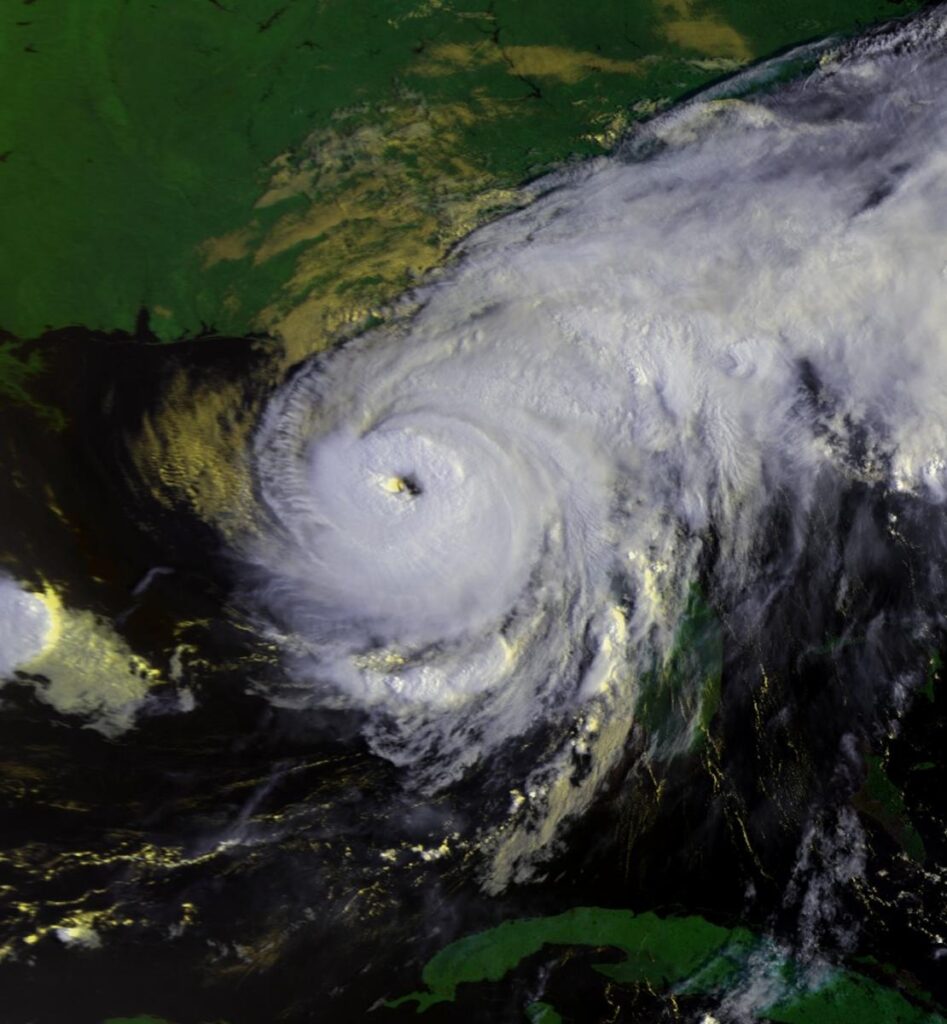
Homosassa today
Approximately 2,300 residents live in Homosassa year round. Though our town is small, we maintain a strong community and appreciate the coastal environment that has shaped our history. If you’ve never visited our little piece of paradise, we hope you’ll stop by to experience our many attractions, as well as our favorite local restaurants.
